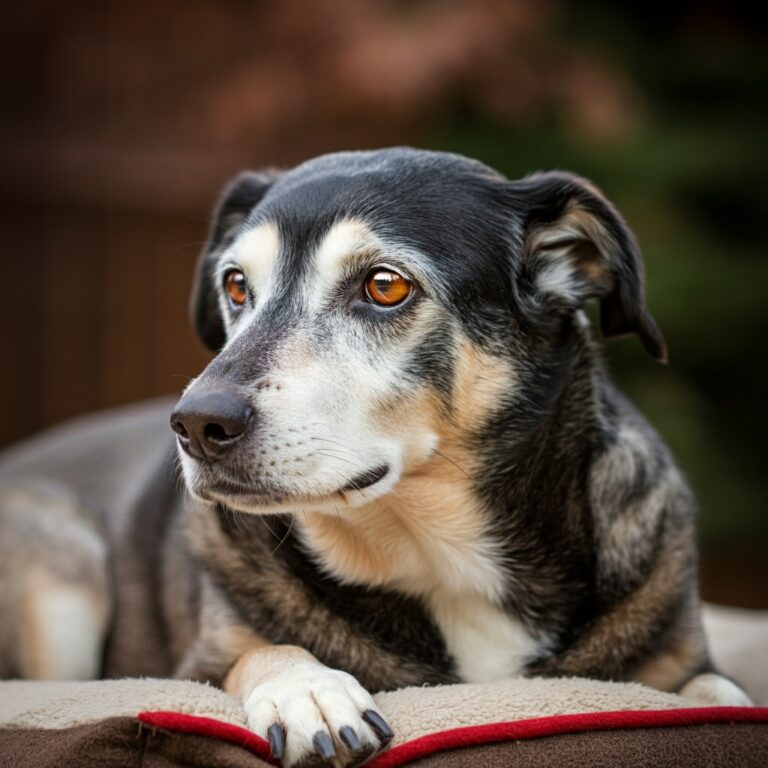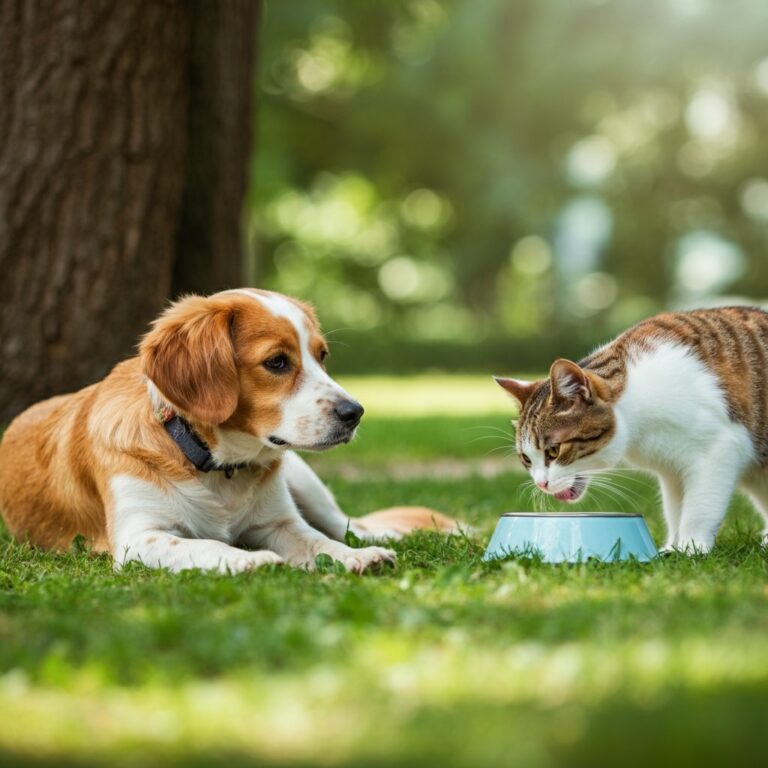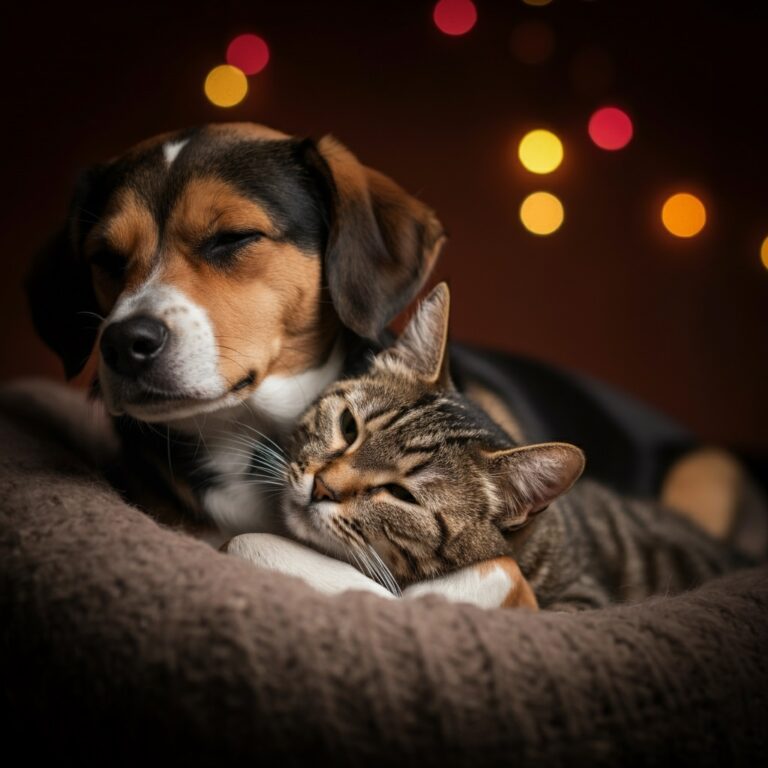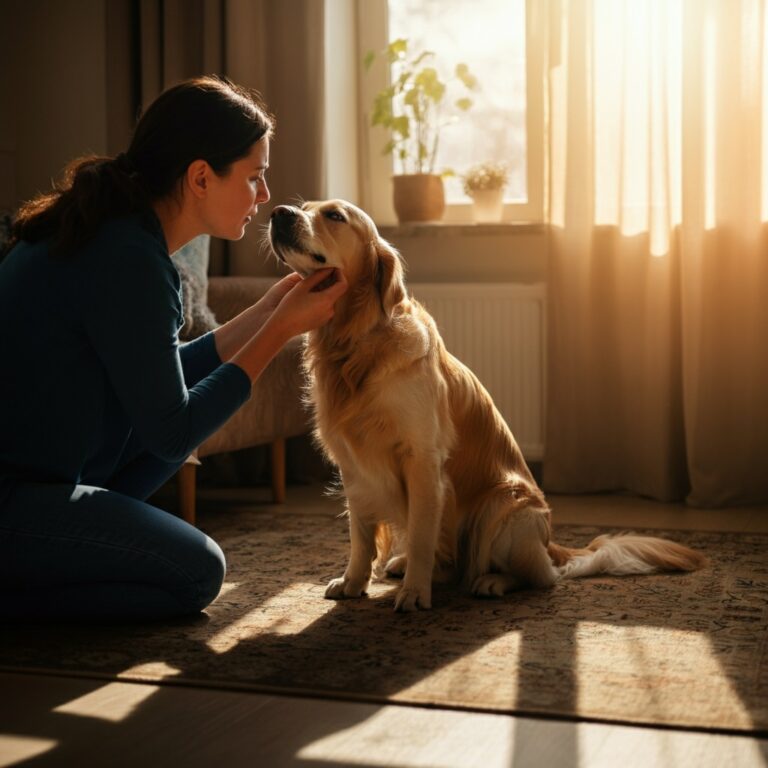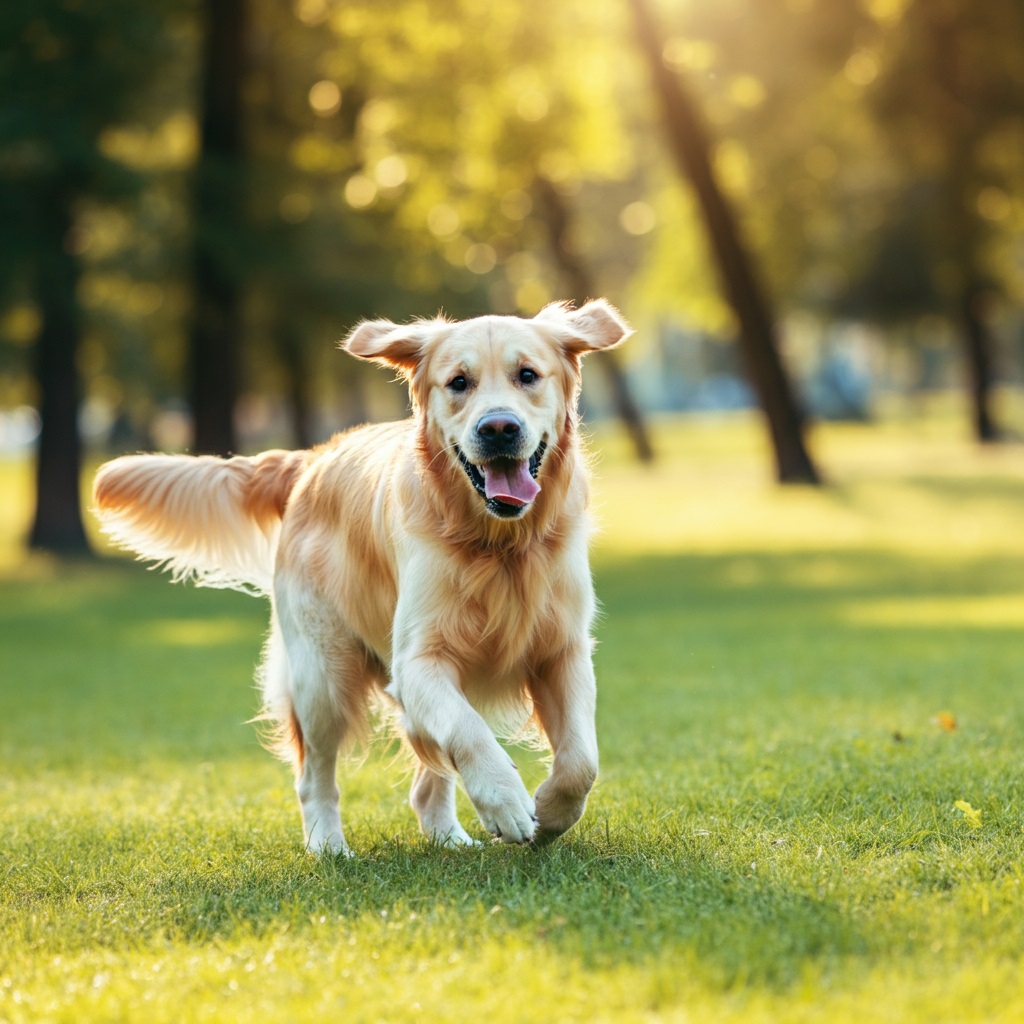
Building a consistent daily routine for your dog is one of the best ways to ensure both you and your furry friend thrive. Dogs, much like us, are creatures of habit. They rely on structure to feel secure, stay healthy, and even strengthen their bond with you.
This blog will guide you through creating a personalized daily routine for your dog to provide balance and enrichment. We’ll cover basic needs, enrichment activities, and how to adapt the routine as circumstances change.
Why Does Your Dog Need a Routine?
Having a structured daily plan isn’t just about convenience; it’s about meeting your dog’s physical, mental, and emotional needs. Here’s why a routine is essential:
- Promotes Good Behavior
When dogs have a predictable structure, they are less likely to act out. Routines provide a sense of security, reducing anxiety and destructive behaviors like excessive barking or chewing.
- Supports Physical Health
Daily routines for meals, exercise, and sleep promote better physical health. Regular walks help with weight control, and timely meals aid digestion.
- Strengthens Bonding
A daily schedule ensures consistent interaction with your dog, solidifying your bond and creating trust.
- Prepares Them for New Experiences
When dogs are on a set routine, they adapt more easily to changes like vet visits or travel without becoming overly stressed.
Building a Routine Around Your Dog’s Needs
Every dog has unique needs based on factors like age, size, breed, and health conditions. While tailoring the routine to your fur baby, here are essential components you should include:
1. Set Regular Mealtimes
Dogs thrive when they know exactly when to expect their food. Feeding your dog at the same times daily helps regulate their metabolism and can reduce begging behavior. Here’s how:
-
- Frequency: Puppies may need 3-4 small meals a day, while adult dogs typically require 2 meals.
- Proportions: Follow the feeding guidelines on your dog food packaging based on weight and consult your vet for adjustments.
- Water Access: Provide constant access to fresh water throughout the day.
2. Create an Exercise Plan
Physical activity is vital to prevent boredom and maintain a healthy weight. Dogs who don’t get enough exercise may become hyperactive or develop obesity-related health issues.
-
- Morning Walks
Start your dog’s day with a brisk walk. This is a great way to burn off extra energy and prepare them to relax during your working hours.
-
- Play Time
Incorporate fetch, tug-of-war, or agility games in the yard or at a nearby park.
-
- Evening Wind-Down Walks
A calmer walk in the evening helps them decompress and can improve their sleep.
3. Mental Enrichment
Dogs need mental stimulation just as much as they need physical exercise. Without it, your pet can become bored and frustrated.
Continues after advertising
-
- Provide puzzle feeders or toys that challenge your dog to solve problems.
- Train them at least 10 minutes a day to strengthen skills or teach new tricks.
- Offer scent games or hide-and-seek to engage their natural instincts.
4. Bathroom Breaks
Regular potty breaks are crucial, particularly for young puppies or senior dogs. Create a schedule that ensures your dog is taken out frequently. Over time, you’ll notice consistent patterns that allow you to predict when your dog will need to go.
5. Quality Rest Time
Dogs, especially puppies and senior companions, require plenty of rest. Adult dogs rest up to 14 hours a day, while puppies might need even more. Make sure your dog has:
-
- A quiet designated sleeping area, like a crate or dog bed, free of noise and distractions.
- Scheduled downtime after exercise or meals for proper digestion and relaxation.
Optimizing the Routine for Your Household
Having a dog routine is not a one-size-fits-all affair. Balancing work, family, and other commitments with your dog’s needs can take creativity. Here are tips for success:
- Morning Routine on Busy Days: Lack time in the mornings? Opt for interactive feeders during breakfast to keep them busy.
- Keep Weekends Structured: Aim to keep weekend routines aligned with weekday schedules to avoid confusing your pet.
- Delegate Responsibilities: If you live with family or roommates, divide dog-care tasks like feeding and walks for consistency.
- Stay Flexible: Life happens, but as long as the core elements of your dog’s day are maintained, occasional disruptions won’t harm them.
Adjusting the Routine Over Time
Your dog’s needs may evolve due to life stages or changes in your schedule. Keep the following in mind:
- Puppies
Provide frequent potty trips, short training sessions, and naps throughout the day. Socialization should also be a priority during this time.
- Adult Dogs
Focus on consistent exercise and mental enrichment, tailoring activities to meet their breed’s needs. For instance, herding breeds like Border Collies may need more challenges than smaller companion dogs.
- Senior Dogs
Older dogs might need more frequent bathroom breaks, slower-paced exercise, and joint supplements.
If your work schedule changes or you move to a new home, gradually adjust the routine to avoid overwhelming your dog.
Benefits You’ll Experience Too!
You’re not the only one creating a balanced life for your pooch. A daily dog routine benefits you, too:
- Less stress managing your dog’s behavior.
- Reduced likelihood of last-minute accidents or surprises.
- More quality time interacting with your dog.
- Enjoyment of the outdoors and physical exercise together with them.
Read More👉 How Much Should I Feed My Pet
Take the First Step in Building Your Routine
Creating a daily dog routine may seem daunting at first, but it doesn’t have to be complicated. By addressing your dog’s core needs for food, exercise, sleep, and enrichment, you not only improve their quality of life but also enhance your relationship with your furry friend.
Start small by incorporating one or two new habits today and gradually build up to a fully structured schedule that works for both of you. A balanced, happy life with your dog is just a habit away!
